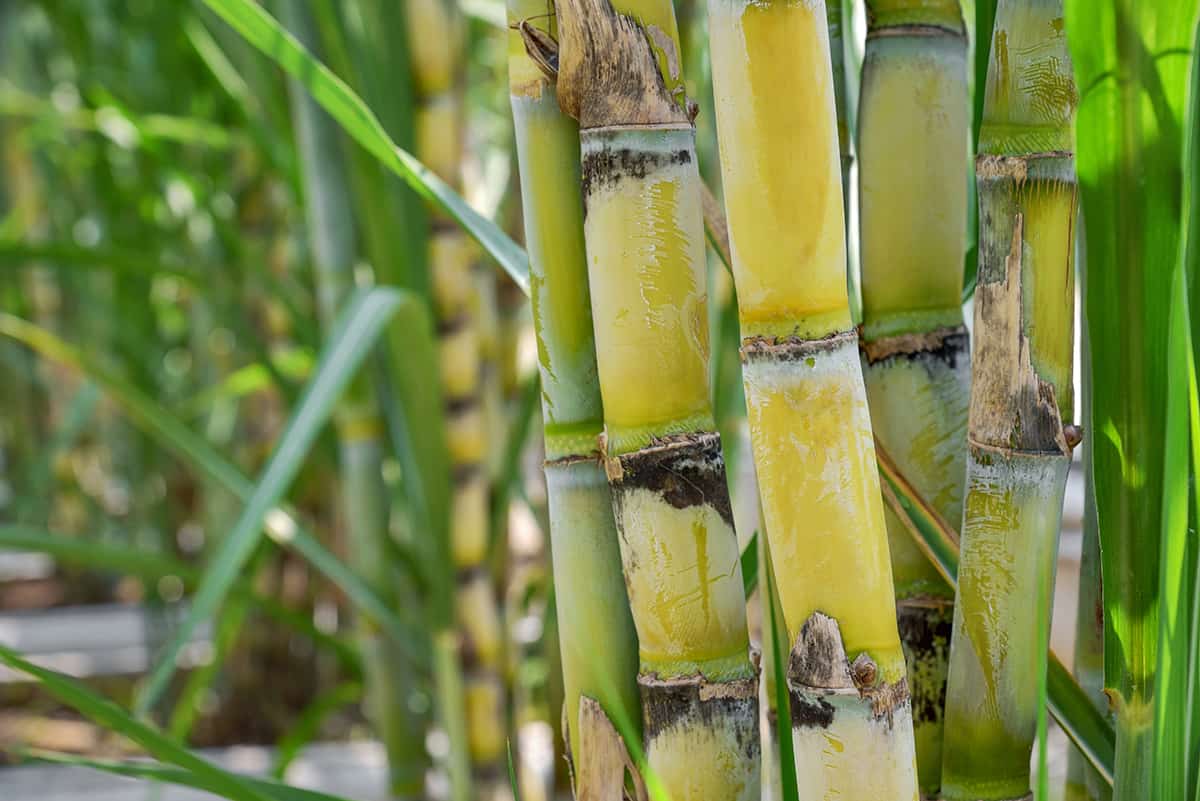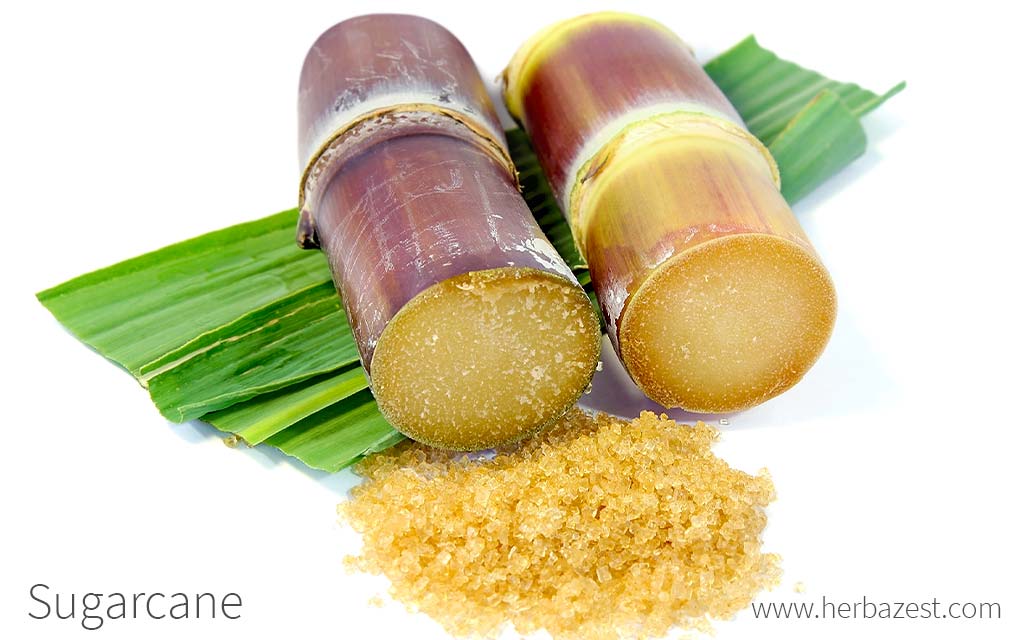Sugar and Cane: Exploring Their Role in Traditional and Modern Cuisine
Sugar and Cane: Exploring Their Role in Traditional and Modern Cuisine
Blog Article
Exactly How Cane Sugar Processing Chemicals Improve Sugar High Quality and Yield
The role of processing chemicals in cane sugar manufacturing is crucial, as they straight affect both the top quality and yield of the end product. By employing substances such as lime and phosphoric acid, suppliers can properly remove contaminations and improve removal efficiency. Additionally, the unification of triggered carbon and enzymes offers to enhance the break down of intricate sugars, ultimately resulting in a purer and higher-quality sugar. The details of exactly how these chemicals connect within the handling setting raise questions regarding their long-term effects and possible developments in the market.
Review of Cane Sugar Handling
Walking stick sugar processing entails a collection of vital actions that change raw sugarcane right into refined sugar items. The process starts with harvesting, where mature sugarcane stalks are reduced and transported to refining centers. Upon arrival, the walking cane undergoes cleaning to get rid of pollutants such as dirt and plant products.
Complying with washing, the walking cane is squashed to remove the juice, which has sucrose - sugar and cane. This juice goes through explanation, where lime and warmth are made use of to remove continuing to be impurities and non-sugar parts. The clarified juice is then vaporized to focus the sugar web content, resulting in the formation of thick syrup
Next, the syrup is taken shape through a regulated air conditioning process, resulting in sugar crystals. These crystals are separated from the remaining syrup in centrifuges. The raw sugar obtained is generally brownish due to residual molasses content. To attain refined sugar, further filtration steps are applied, consisting of cleaning, re-crystallization, and drying out.
The end product is either packaged as raw sugar or further refined into white sugar, accommodating various consumer and commercial requirements. This thorough series of steps ensures the manufacturing of premium sugar, crucial for countless applications in food and drink industries.
Secret Handling Chemicals Made Use Of
The manufacturing of refined walking cane sugar relies on numerous processing chemicals that play considerable roles at various stages. Amongst one of the most essential are lime (calcium hydroxide), phosphoric acid, and sulfur dioxide. Lime is mainly made use of throughout the clarification stage to counteract level of acidity and speed up pollutants, leading to a clearer juice. This action is crucial for enhancing the overall quality of the extracted juice.
Phosphoric acid serves a double function; it improves the explanation procedure and helps in the removal of color-forming substances, adding to a higher pureness of the last item. Additionally, sulfur dioxide works as a bleaching representative, allowing for the effective removal of undesirable pigments and enhancing the shade of the sugar.
Other significant chemicals consist of turned on carbon, which is used for additional decolorization, and enzymes that promote the break down of complicated sugars into simpler kinds, thus enhancing yield. The mindful choice and application of these handling chemicals are crucial for optimizing the effectiveness of sugar extraction and refining procedures, inevitably leading to an extra constant and better sugar product.

Impact on Sugar High Quality
Exactly how do processing chemicals affect the quality of refined sugar? The intro of numerous chemicals in the walking stick sugar processing phase considerably boosts the pureness and total top quality of the final item. Trick agents, such as phosphoric acid and calcium hydroxide, promote the clarification procedure, efficiently getting rid of impurities and colorants that can negatively impact sugar's look and taste. By counteracting undesirable blog components, these chemicals assist accomplish a higher level of decolorization, causing an extra aesthetically appealing and valuable product.
Moreover, making use of triggered carbon and ion-exchange resins throughout the refining procedure plays a vital function in getting rid of off-flavors and undesirable odors, adding to the sugar's sensory profile. This improvement not just elevates the organoleptic and aesthetic qualities but additionally boosts the rack life by lessening microbial activity related to pollutants.
On top of that, the specific application of these chemicals guarantees that the sugar displays a regular grain dimension and flowability, which are essential features for both industrial applications and consumer preferences. In general, the tactical use handling chemicals is essential in achieving high-quality polished sugar that meets market standards and consumer assumptions.

Enhancing Return Efficiency
Enhancing yield effectiveness in walking cane sugar handling involves maximizing numerous stages of manufacturing to take full advantage of the quantity of sugar extracted from raw walking stick. One critical element is the option and application of proper processing chemicals, which can facilitate the breakdown of cell wall surfaces and improve sugar release during removal. Chemicals such as enzymes and acids play a crucial role in this procedure by hydrolyzing polysaccharides and dissolving pollutants, thus enhancing the total removal performance.

Normal tracking and adjustment of handling criteria are vital to keep effectiveness throughout manufacturing (sugar and cane). By using these approaches, sugar producers can not just raise the amount of sugar gotten but also decrease waste and lower production expenses, adding to a more sustainable and rewarding sugar processing operation
Benefits for Manufacturers and Consumers
Walking cane sugar handling chemicals use substantial benefits for both consumers and producers, developing a more reliable and sustainable sector. For manufacturers, these chemicals enhance removal processes, leading to greater returns and improved sugar top quality.
The enhanced high quality of sugar translates to much better preference and consistency in food items. In addition, the usage of handling chemicals can lead to a go to my blog much more steady supply of sugar, reducing lacks and rate spikes that can happen due to ecological variables or market variations.
Conclusion

The duty of processing chemicals in cane sugar manufacturing is essential, as they straight why not find out more influence both the high quality and return of the final product (sugar and cane). The incorporation of turned on carbon and enzymes offers to maximize the break down of complex sugars, inevitably leading to a purer and higher-quality sugar.Cane sugar processing involves a series of important steps that change raw sugarcane right into polished sugar products.Enhancing return efficiency in cane sugar handling involves maximizing numerous stages of production to make the most of the quantity of sugar extracted from raw walking cane.Walking stick sugar handling chemicals play a critical function in enhancing both sugar quality and return
Report this page